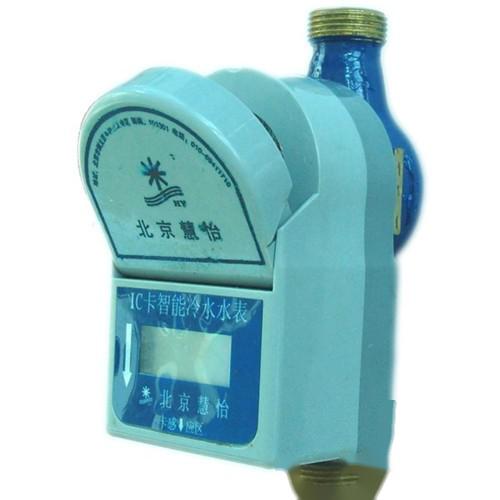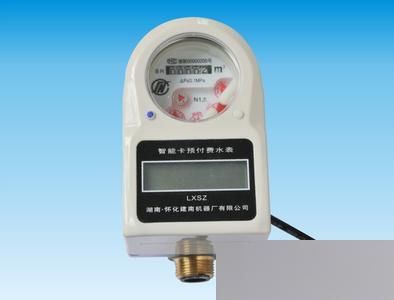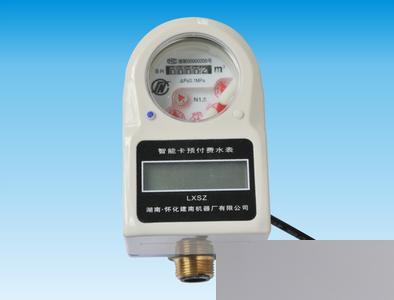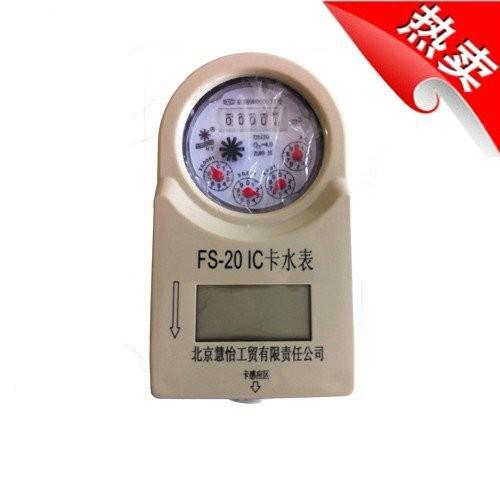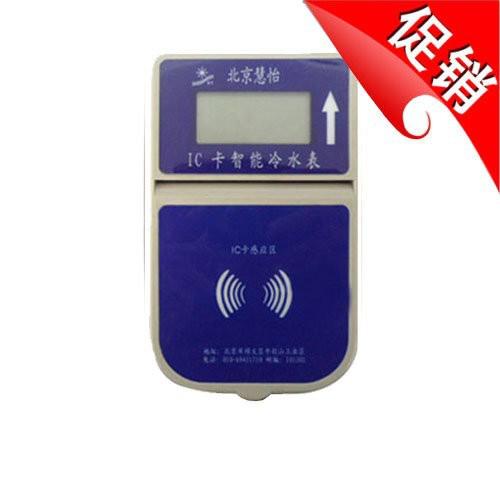With the rapid development of urban construction, new buildings are increasing in cities. Most developers provide users with smart water meters before the completion of the buildings. According to recent understanding of the use of smart water meters, although their installation has made it easier for users to pay their bills and reduced the labor intensity of water supply company meter readers, there are still two prominent issues that need to be addressed:
1. The operation status of smart water meters lacks effective supervision and management. Many industry insiders in property management believe that smart water meters are much more expensive than ordinary rotary water meters and are more advanced, so there should not be any issues during operation. Under this mindset, some property management companies neglect the management of smart water meters, even failing to send staff to supervise and manage users with smart water meters for a long time, leading to the following problems:
1. Some water meters do not meet quality standards, and their magnetic cards can only be used three or four times before becoming unusable; 2. Many users are not familiar with the performance of smart water meters, leading to frequent failures of smart water meters that users are unaware of, resulting in water stoppages; 3. Some smart water meters continue to operate and can be used even when their magnetic cards are not recharged; 4. Some smart water meters have substandard batteries that fail after two or three years, causing the water meter to stop functioning; 5. Some users only spend a couple of hundred yuan to buy a card and do not recharge it for two to three years, leading to situations where the smart water meter cannot operate normally, and they even dismantle the smart water meter to draw water directly from the pipeline.
Shijingshan Magnetic Card Water Meter and Basic Structural Principle
Smart water meters are a new type of water meter that uses modern microelectronics technology, modern sensing technology, and smart IC card technology to measure water consumption and transmit and settle water usage data. This represents a significant advancement compared to traditional water meters, which typically only have the function of flow collection and mechanical pointer display of water usage. In addition to recording and electronically displaying water usage, smart water meters can also automatically control water consumption according to agreements, automatically complete the calculation of tiered water pricing, and store water usage data. Since data transmission and transaction settlement are conducted through IC cards, it allows for a transition from staff visiting to collect fees to users paying at service points. The IC card transaction system also features convenient transactions, accurate calculations, and the ability to settle through banks.
2. Basic structural principle of smart water meters:
The appearance of smart water meters is basically similar to that of ordinary water meters, and the installation process is also largely the same. The use of smart water meters is very simple; from the user's perspective, it just requires inserting the IC card into the water meter. The working process of smart water meters generally proceeds as follows: the IC card containing the amount is inserted into the IC card reader in the water meter, and after the microcomputer module recognizes and downloads the amount, the valve opens, allowing the user to use water normally. When the user consumes water, the water volume collection device begins to collect the water usage and converts it into the necessary electronic signal for the microcomputer module for measurement, which is then displayed on the LCD display module. When the user's water usage amount drops to a certain value, the microcomputer module emits a sound alarm, prompting the user to go pay for water with the card. If the water usage amount exceeds the limit, the microcomputer module will automatically close the electrically controlled valve, cutting off the water supply until the user inserts a previously paid IC card to reopen the valve for water supply.




